Have you ever wondered what it would be like to only eat food that you’re able to harvest or handpick yourself for an entire year? Today’s episode is an amazing story and one that I was very intrigued by, read on or listen for Alexia’s story.
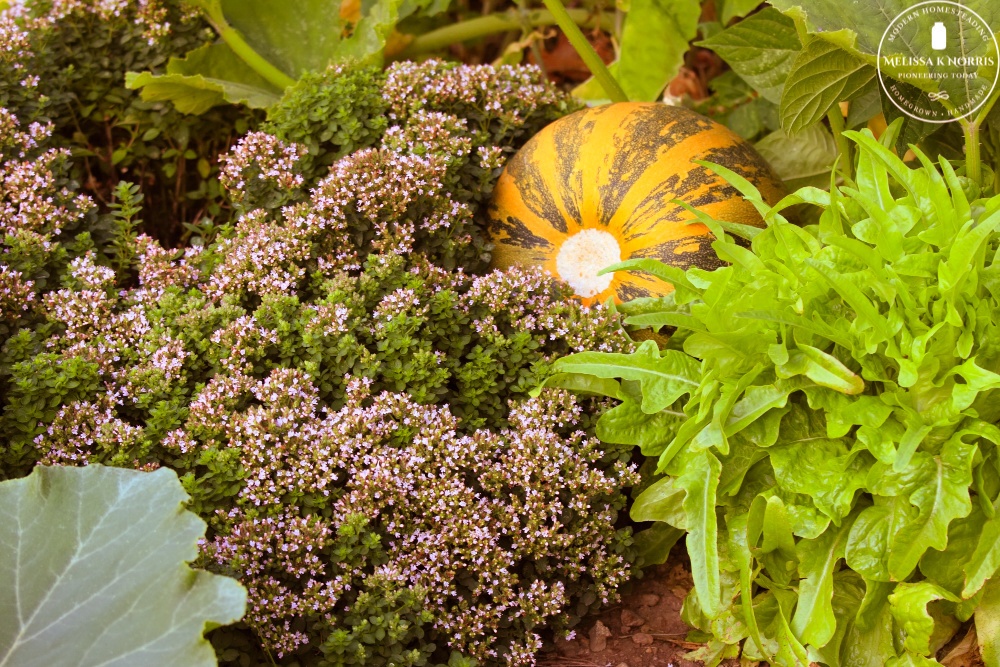
Alexia is from Hawthorn Farms which is an 8-acre teaching farm in Woodinville, WA where she lives and works alongside her husband Daniel. She is going to tell us exactly what a year’s worth of hand-harvested food means, as well as the things you need to be considering, planning and doing beforehand, and one of the most important crops that they grow.
🍞 Struggling With Sourdough?
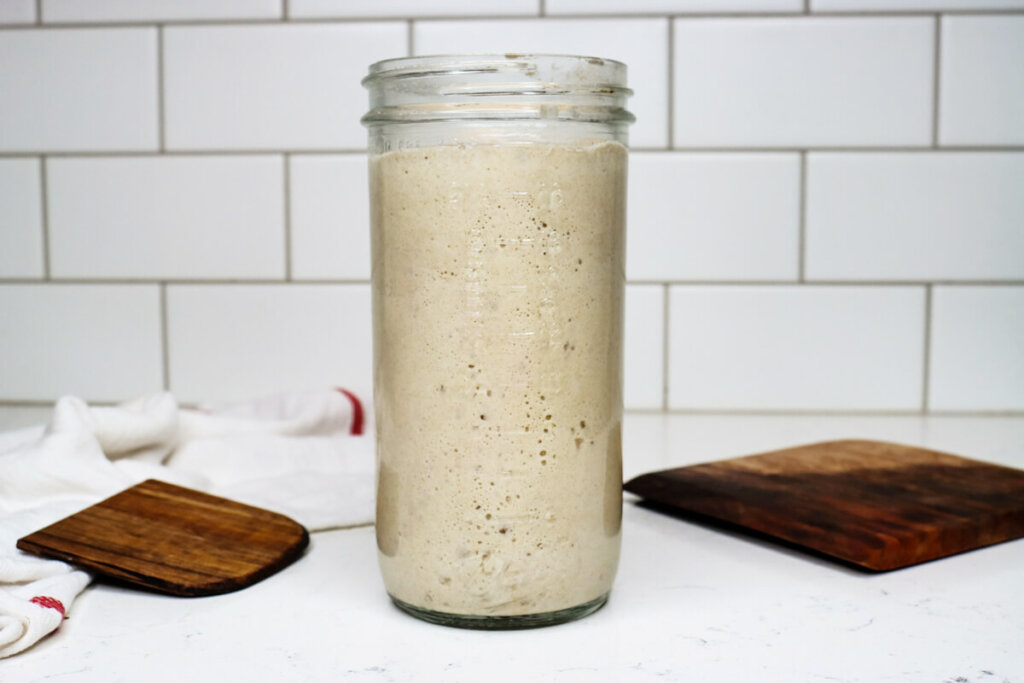
If your starter won’t take off, your loaves are dense and hard, or sourdough just flat-out overwhelms you…
👉 I’ll show you how to fix all of it.
Join my FREE live workshop and learn how to make a bubbly, active starter—the right way, from Day One.
🗓️ Jan 12 @ 1pm PT
Alexia, who likes to refer to herself as “Alexia Allen who was made out of Hawthorn Farm” has eaten only hand-harvested food for 12 months, that’s right, a complete 12-month cycle where she ate only food she had grown, foraged, or harvested herself, or that was hand-harvested by friends and family without any money exchanging hands or entering a grocery store.
Read on because this episode of the Pioneering Today Podcast (episode #315) is such an inspirational story!
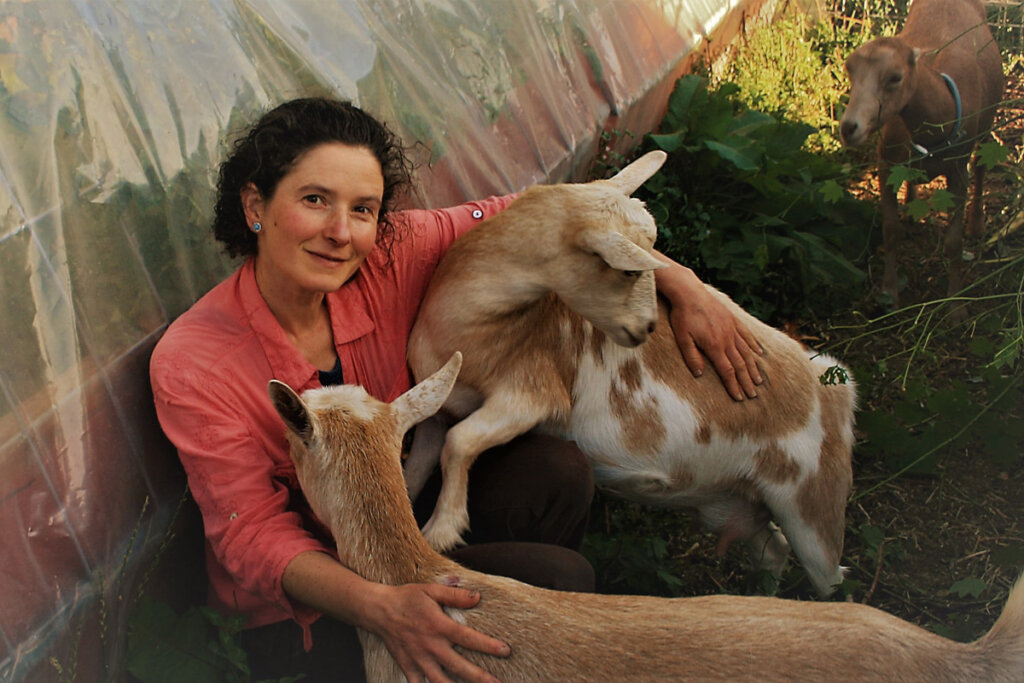
Table of Contents[Hide][Show]
Raising Their Own Meat & Dairy
One of the gaps in their challenge was that they still needed to buy feed for their animals. They raise ducks, rabbits, and dairy goats, then also bought a guernsey cow for a little while before realizing their home was just too small for a dairy cow.
Between the duck eggs, rabbit meat, and all the goat’s milk they could want for drinking, or turning into cheeses, they didn’t go without and the only thing Alexia really wished she had from time to time was some Nutmeg from the Caribbean.
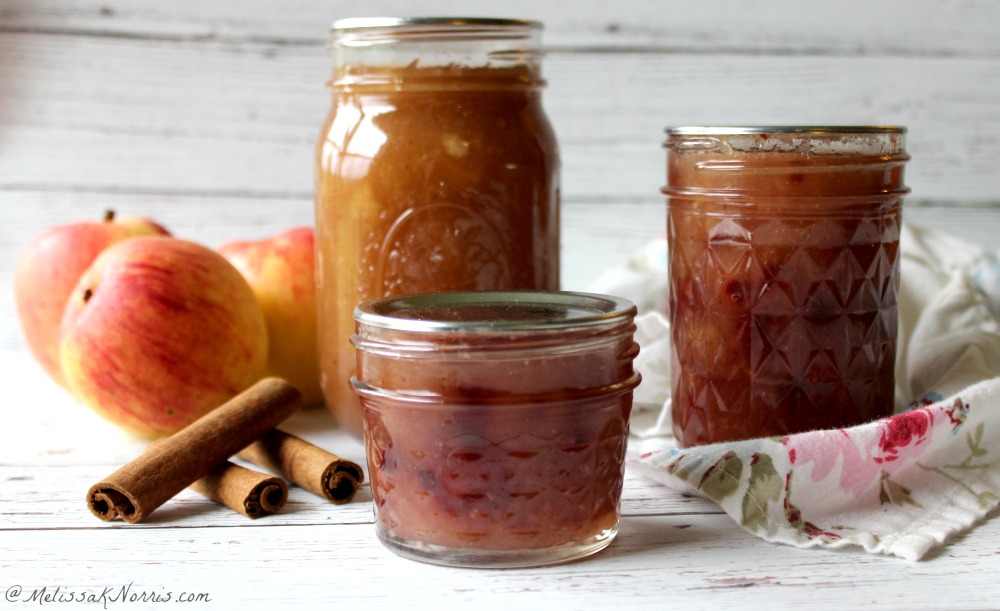
Preserving Foods
In order to feed her family for a year, Alexia cans, dehydrates, ferments, and stores a large portion of what they grow at Hawthorn Farm.
She mentioned canning blueberries, tomatoes, and applesauce. She dries meat, fruit, and vegetables. Her husband makes about 50 gallons of sauerkraut throughout the year. She also makes cheese with their goat’s milk.
Alexia uses garden rotation to keep fresh veggies growing year-round, whether in the greenhouse or in the garden.

Food Variety
Most of the year they were able to eat a large variety of foods because they not only harvested food fresh, but also preserved it or stored it for the winter months.
In late spring and early summer, there was a bit of a hunger gap, this was when last year’s produce was all used up, but it was still a couple of months until their garden would be producing.
But they did just fine eating cornbread, dried beans, a big large salad with a side of sauerkraut.
This reminded me of my own dad who was raised at the tail end of the Great Depression and who has taught me many self-sufficiency tips from his upbringing.
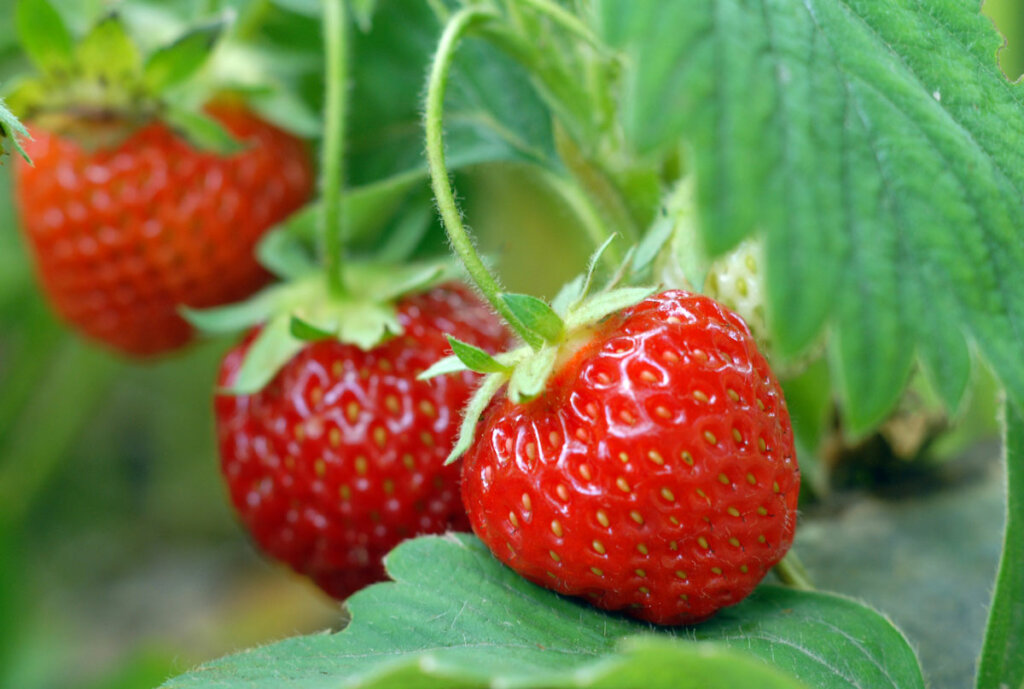
Deprivation or Renewed Love of Seasonal Eating
Alexia shared candidly that there were times where she didn’t want to eat another dried apple, some foods got monotonous, but that deprivation from the variety of foods available at the grocery store renews your love of seasonal eating.
She described her experience of picking the first sun-ripened strawberry in her garden and the genuine joy that brought! The flavors were better, the appreciation of that strawberry was heightened, and the overall experience of living without made the joy of seasonal eating worth it.
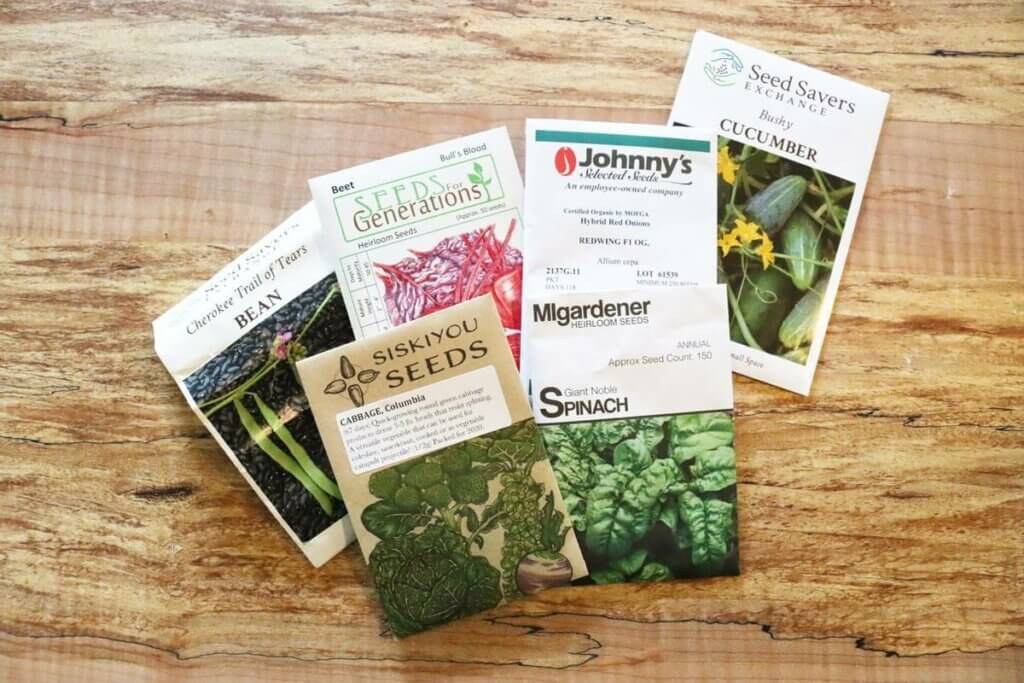
Prepping for the Challenge
I asked Alexia how they prepped for this challenge because it’s a difficult one to just start without much forethought.
Alexia shared that she had been planning and taking notes of how much she and her husband would eat throughout the year, so she knew to plant extra of many crops.
They also utilized a couple of hoop houses and a greenhouse to grow the additional food, and growing food into the shoulder seasons.
She also took more time off from work to allow herself time to grow, harvest and preserve the food, but the money saved from not buying their food at the grocery store (plus gas money and wear and tear on the car going to and from) was certainly worth it.
In fact, even after the challenge, Alexia and her husband still eat mostly home-grown food.
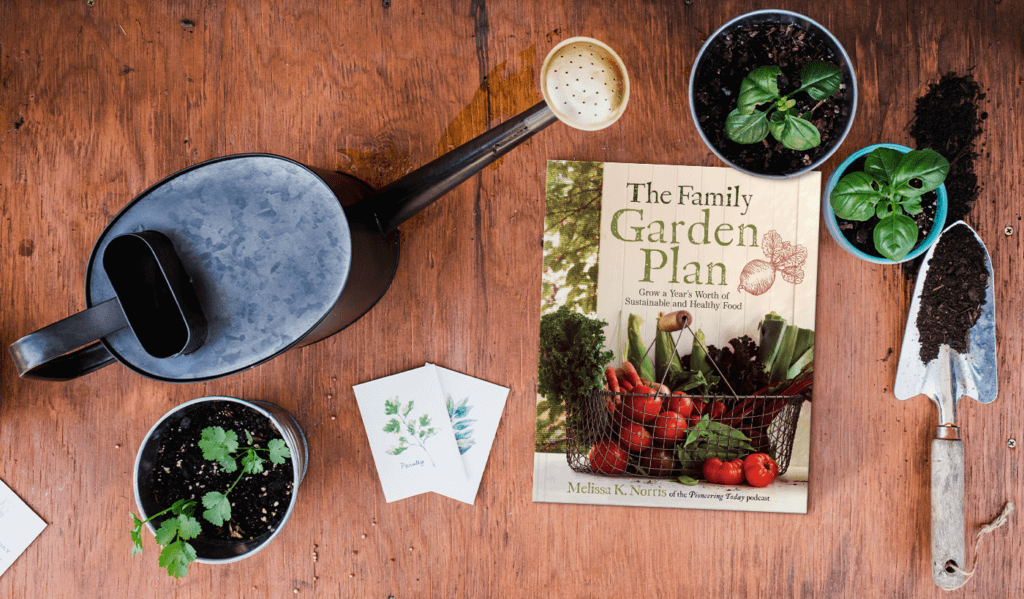
Grab My Book & Workbook!
You may want to pick up a copy of my book, The Family Garden Plan, or my workbook, The Family Garden Planner. Both of these books will help you calculate not only how much to plant for your family to feed you for a year, but also what the best crops will be for your specific needs and likes.
Food Cravings
Alexia noticed, throughout her one-year challenge, that her body would have extreme cravings where she’d end up eating a lot of dried apples or another food item beyond her normal consumption. Then she had a friend who brought her sea kelp from the ocean, she ate a little bit of that and her cravings completely went away!
Throughout the year this happened a few different times and each time the sea kelp took the cravings away. Her conclusion was that the kelp was providing a mineral or element her body was needing. She discovered that the health of the soil is directly tied to the health of your body from the food you eat grown in that soil.

Accepting the Challenge?
Alexia and her husband started off small by doing a two-day trial of only eating foods they had harvested themselves (or to simplify, even just food you already have on hand).
From there, they had so much fun and it was quite easy for them, so they decided to try one week.
After that one-week challenge, they were hooked and ready to give the year a shot!
They were quite surprised by the impact their own journey had on others’ lives and many people decided to follow suit and do their own challenges.
If you decide to do a one-week, one-month, or even one-year challenge following Alexia’s guidelines, I’d love to hear about your experience in the comments below! Be sure to share your journey on social media and tag me @melissaknorris so I can share your journey that others might be inspired by as well!
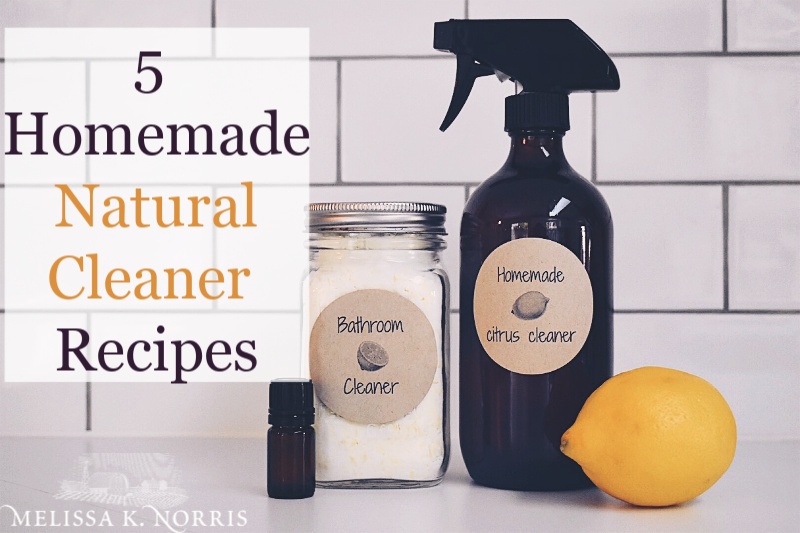
Create Your Own Challenge!
If you don’t have the space, resources, or skills available to you to do your own one-year food challenge, do a simple one-meal challenge, or create a unique challenge of your own such as trying your hand at homemade cleaning products or buying from local farms for a year!
Alexia has a friend who did their own “home-grown lettuce” challenge. They decided they would grow their own lettuce for the entire year! This is a fantastic thing to do and they still appreciated the work it takes and the return on investment of time and experience.
To help create your own challenge and inspire homemade recipes, I happen to have a book filled with DIY recipes and tutorials called the Made From Scratch Life, but you could make your own cleaning sprays, toothpaste, deodorant, lotion, etc.
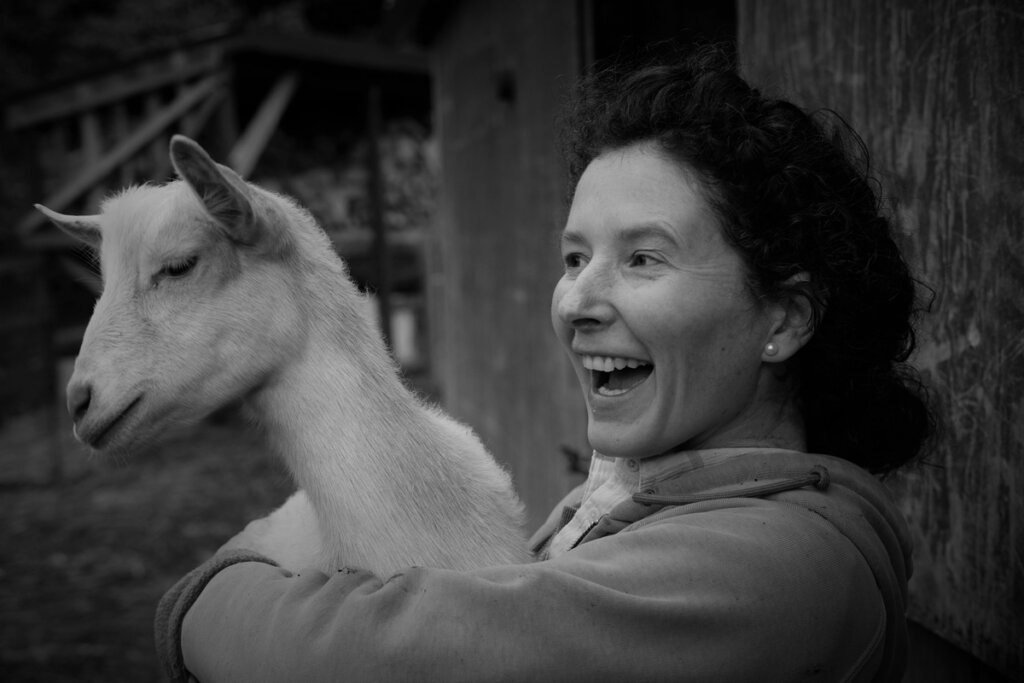
Find Alexia & Hawthorn Farm
If you’re interested in finding Alexia or following Hawthorn Farm, visit their website Hawthorn Farms where you can sign up to take a class, visit their blog, see their photo gallery, and get in touch with Alexia!
Also, follow them on social media on both Facebook and Instagram and hold Alexia accountable for the online challenges she’s going to be starting in 2022!
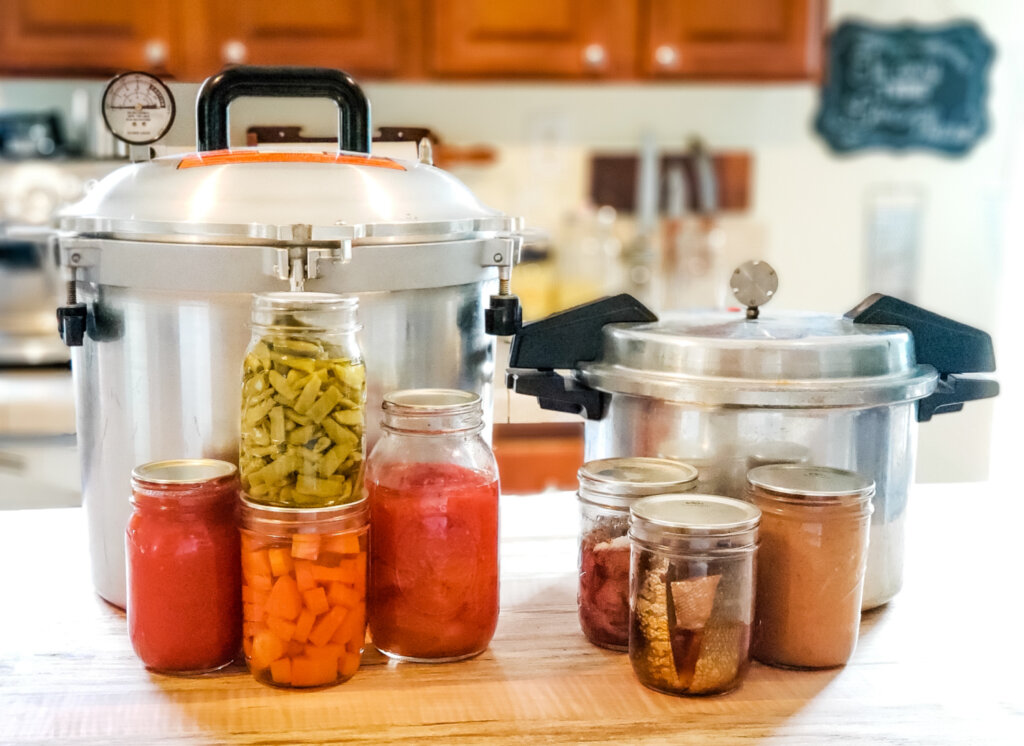
Preserving The Harvest
Be sure to join my Home Canning with Confidence course so you can preserve your hand-harvested food to enjoy all year long!
If you want to access the free canning safety module, you can watch that right here.
[fusebox_transcript]
Interested in hearing from more homesteaders? Check out these interviews.
- Aquaponic Gardening & Raising Tilapia with VW Family Farms
- Urban Homesteading – Tips for Small Space Self-Sufficiency
- What to do When Homesteading Gets Tough
- How to Buy a Homestead – What to Look For
- Maximizing Your Homestead for Profit & Production (with Joel Salatin)
- 17 Self Sufficiency Tips from Great Depression Living
- Foolproof Methods When Garden Overwhelm Sets In
- How to Get Everything Done in a Day without Wasting Time or Getting Distracted
- The Homestead Documentary Project
- Homesteading With Children


